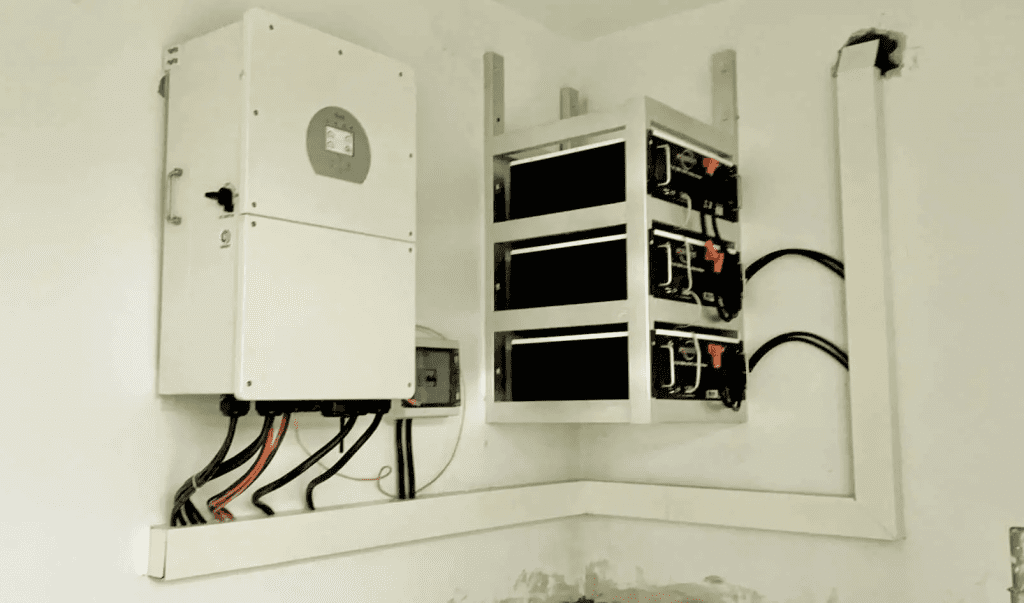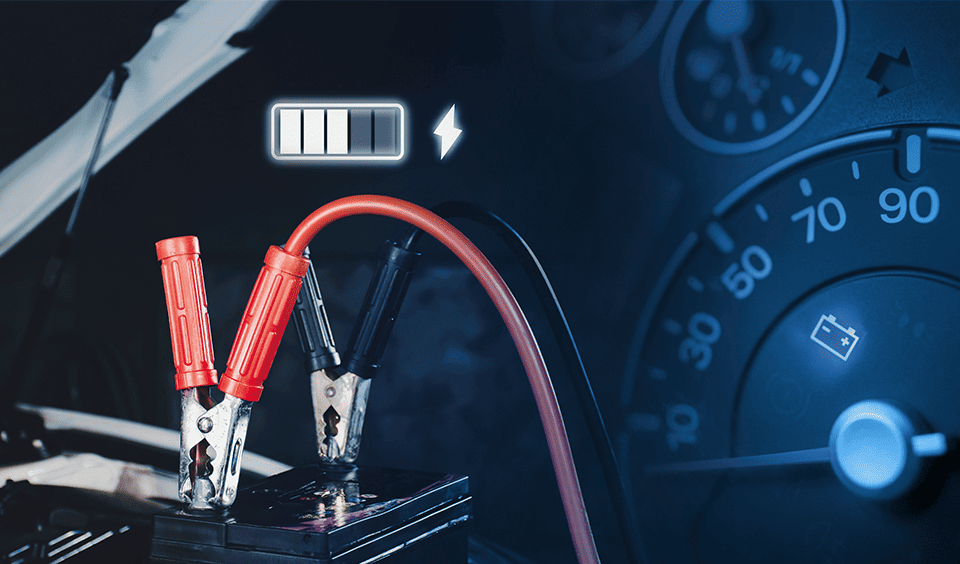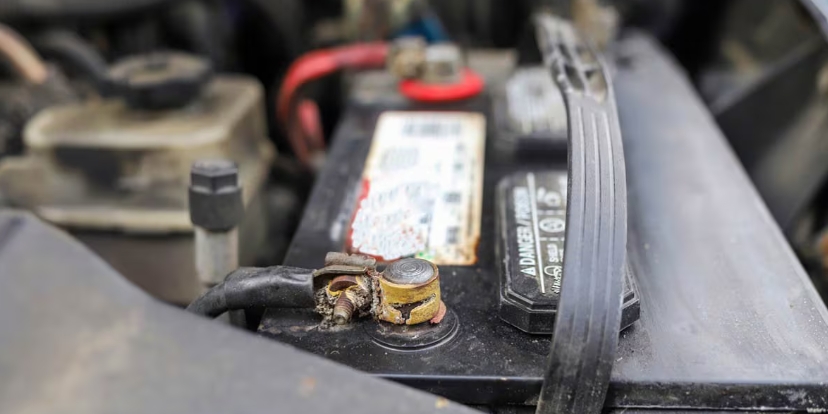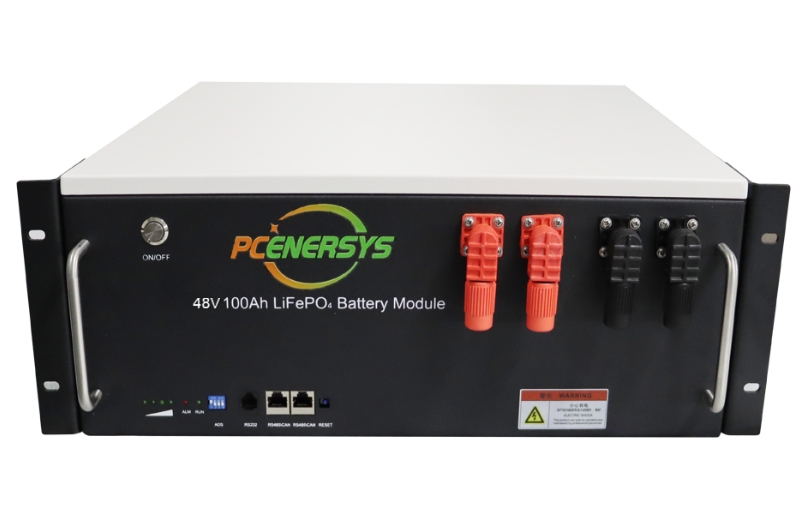Under the influence of new energy batteries, 48V telecom battery are an essential part of modern telecom facilities, and they can serve as backup power when facilities are interrupted. However, like all energy storage batteries, these systems are prone to various failures. So, in this article, we will share with you the common reasons why 48V telecom batteries encounter failures and how we can avoid them.
Manufacturing defects can cause 48V telecom batteries to fail
One of the most harmful defects is the presence of an internal short circuit. These problems may occur due to defects such as poor separator quality or misalignment within the battery, causing the positive and negative plates to come into contact. Internal short circuits can significantly reduce battery capacity and increase self-discharge rates, ultimately leading to premature battery failure. In addition, the electrolytes in the 48V telecom battery must be pure and correctly formulated. Impurities or incorrect electrolyte composition can affect the chemical reactions that occur within the battery, severely affecting its efficiency and longevity. At the same time, the integrity of the inner plates of the battery is also critical. Defects in the plates, such as uneven active material coating or insufficient curing and drying during manufacturing, can cause battery capacity to decrease and resistance to increase. This reduces battery performance and accelerates the aging process.
Improper installation may cause 48V telecom battery failure
One of the causes of 48V telecom battery failure is incorrect installation, which can cause internal damage if your battery is installed backward and against the manufacturer’s specifications. Normally the battery is in an upright position. Installing the battery on its side or upside down may cause internal components such as the electrolyte and plates to shift or not function optimally, resulting in uneven charge distribution and, ultimately, battery failure. These batteries generate heat during charge and discharge cycles. Without proper ventilation, accumulated heat can lead to overheating, accelerating the degradation of battery components such as electrolytes and separators. This situation can further create a cycle that leads to battery failure. Therefore, avoid the above operations, follow installation regulations, and maintain adequate ventilation.

Failure caused by improper operation
One of the most common causes of 48V telecom battery failure is improper charging methods. Overcharging occurs when you subject a battery to higher than recommended voltages for an extended period of time, causing the battery to overheat, produce gas, and ultimately damage its internal structure, resulting in reduced capacity and swelling of the battery casing. Conversely, undercharging can also cause sulfation, which hinders the battery’s ability to charge fully and reduces its overall performance and lifespan.
In addition, physical stress, such as external vibration and impact, can also cause the 48V telecommunications battery to malfunction and fail. These stresses can cause mechanical damage to internal components such as connectors and plates, or even damage internal circuitry. Fluctuations in electrical load also put varying pressures on the battery. This surge in power demand can lead to sudden high discharges, limiting the battery’s ability to cope. Without adequate recovery time, the battery will perform poorly.

System design flaws can also cause failures
The design flaws of the 48V telecom battery system also cause problems such as failure. Without a powerful BMS, you cannot accurately monitor battery-related parameters, resulting in insufficient system integration, which may lead to uneven load distribution, inappropriate charging methods, or insufficient redundancy. These issues will put unnecessary pressure on the battery. Failure can also occur if you improperly configure and size the battery system. This includes incorrect battery string sizing, where you configure cells in series and parallel configurations that do not match load requirements or charging capacity. This misconfiguration can cause uneven charging, causing some batteries to continually under or over-charge.

Maintain 48V telecom batteries
Regular maintenance is the key to identifying and solving 48V telecom battery failure problems. Start with regular inspections, which are the basis for effective battery maintenance. This includes visual inspection for any signs of corrosion, leaks, or housing damage, and verifying connections and mounts to ensure they are tight and oxidation-free. Regular voltage testing of individual cells and modules within the battery system is also required, which can detect faulty cells that could compromise the entire system’s performance. At the same time, a load test needs to be conducted once a year to evaluate the actual capacity of the battery and its design capacity.
Avoid battery failure
In telecommunications facilities, if the 48V telecommunications battery fails, it will cause a lot of trouble and affect the efficiency of operations and other issues. Therefore, by addressing common causes of battery failure such as manufacturing defects, improper installation, and insufficient maintenance, you can avoid these causes of failure.










